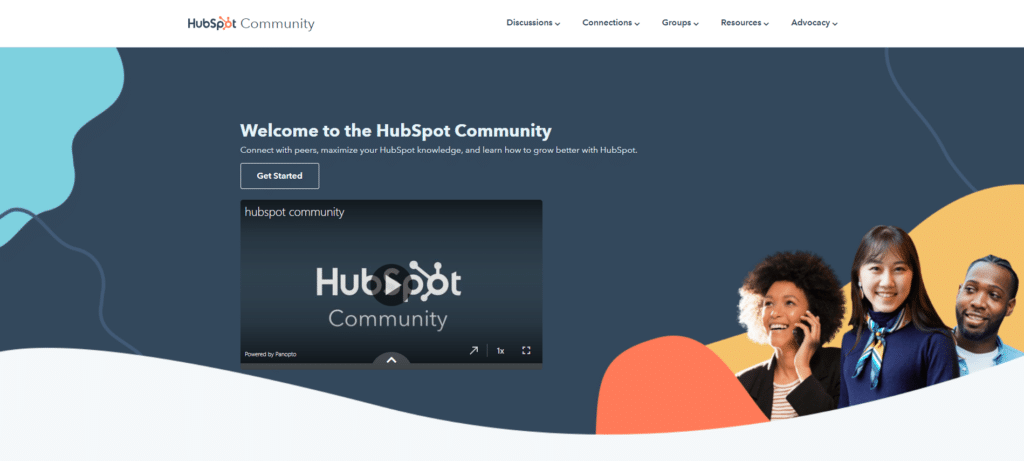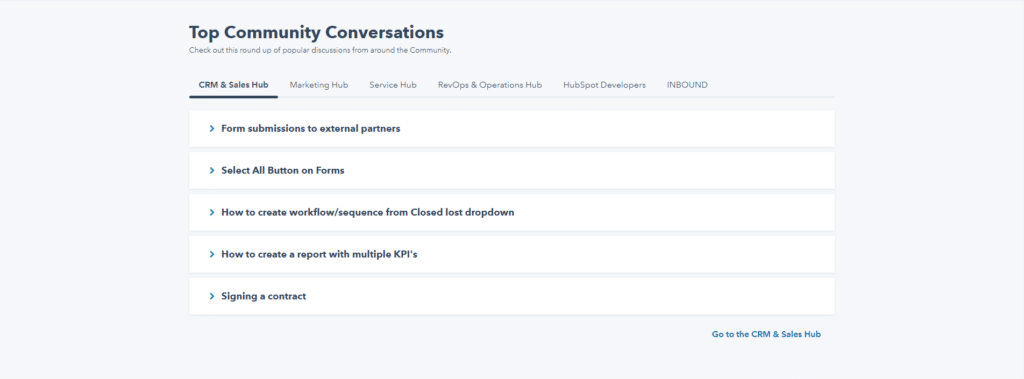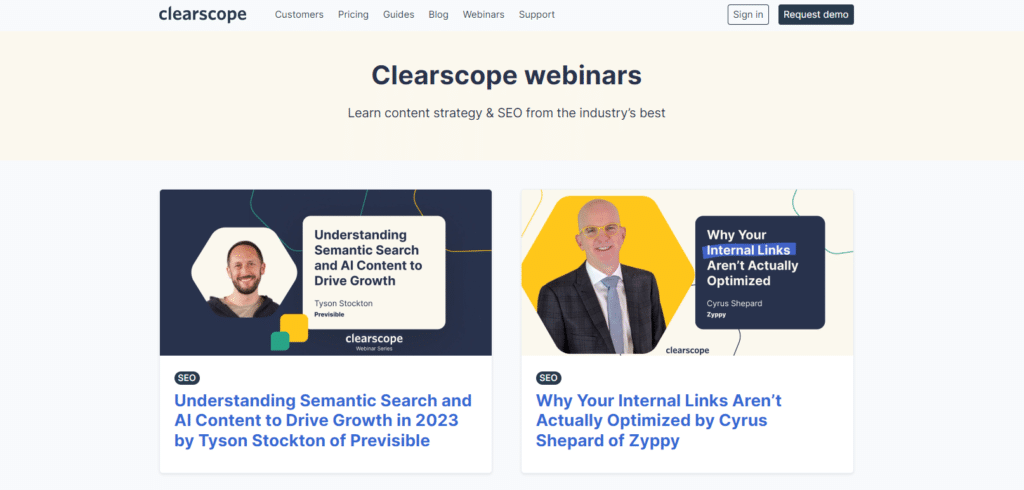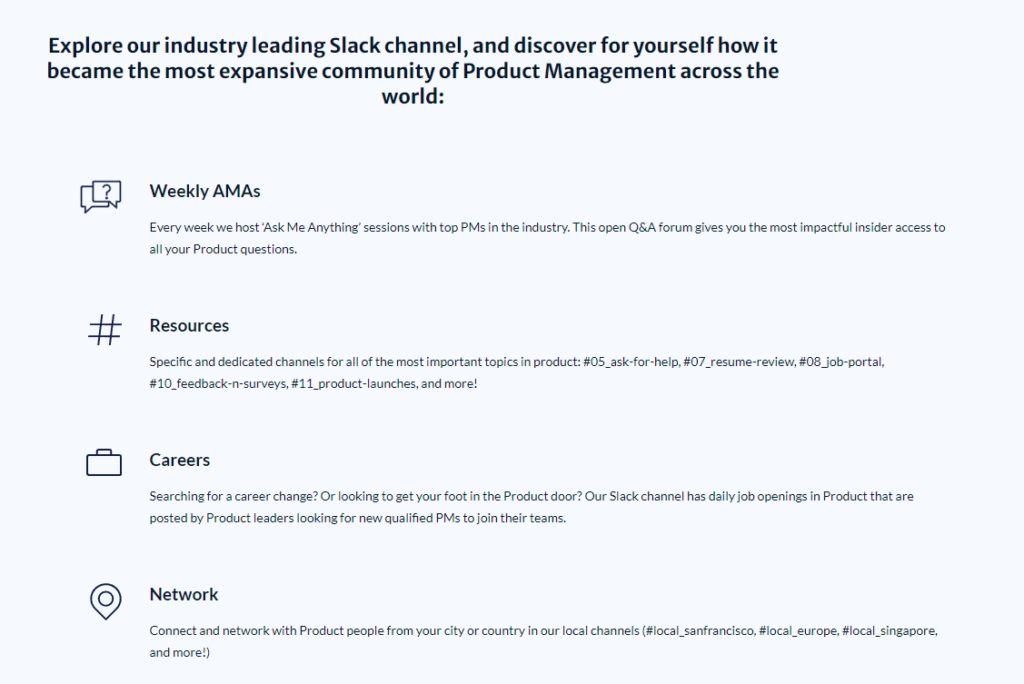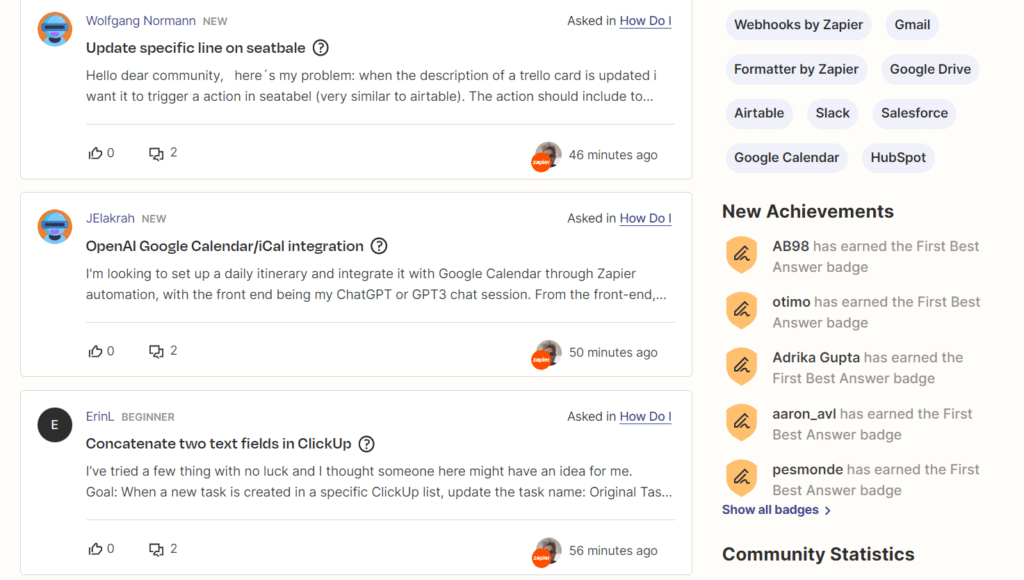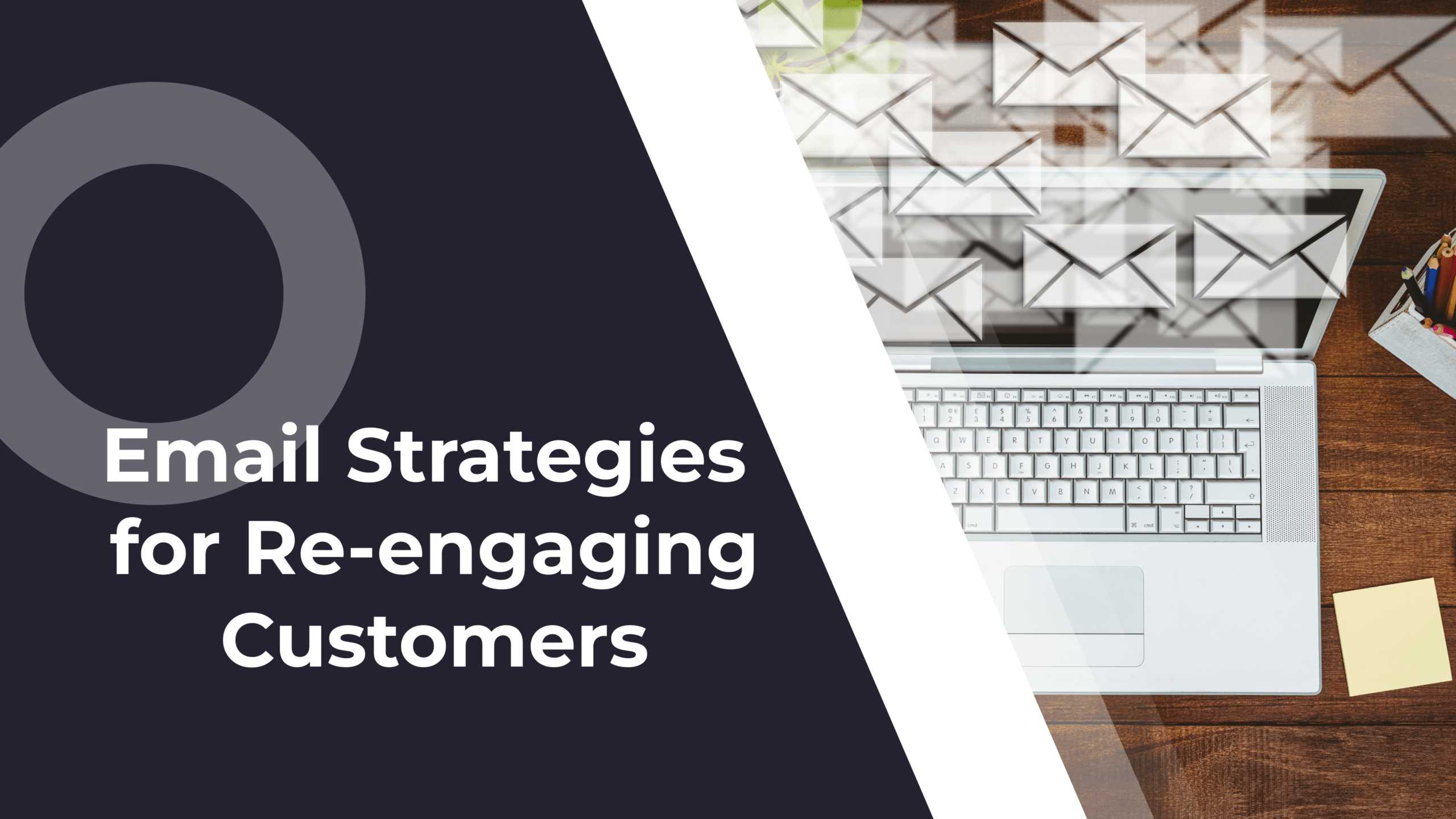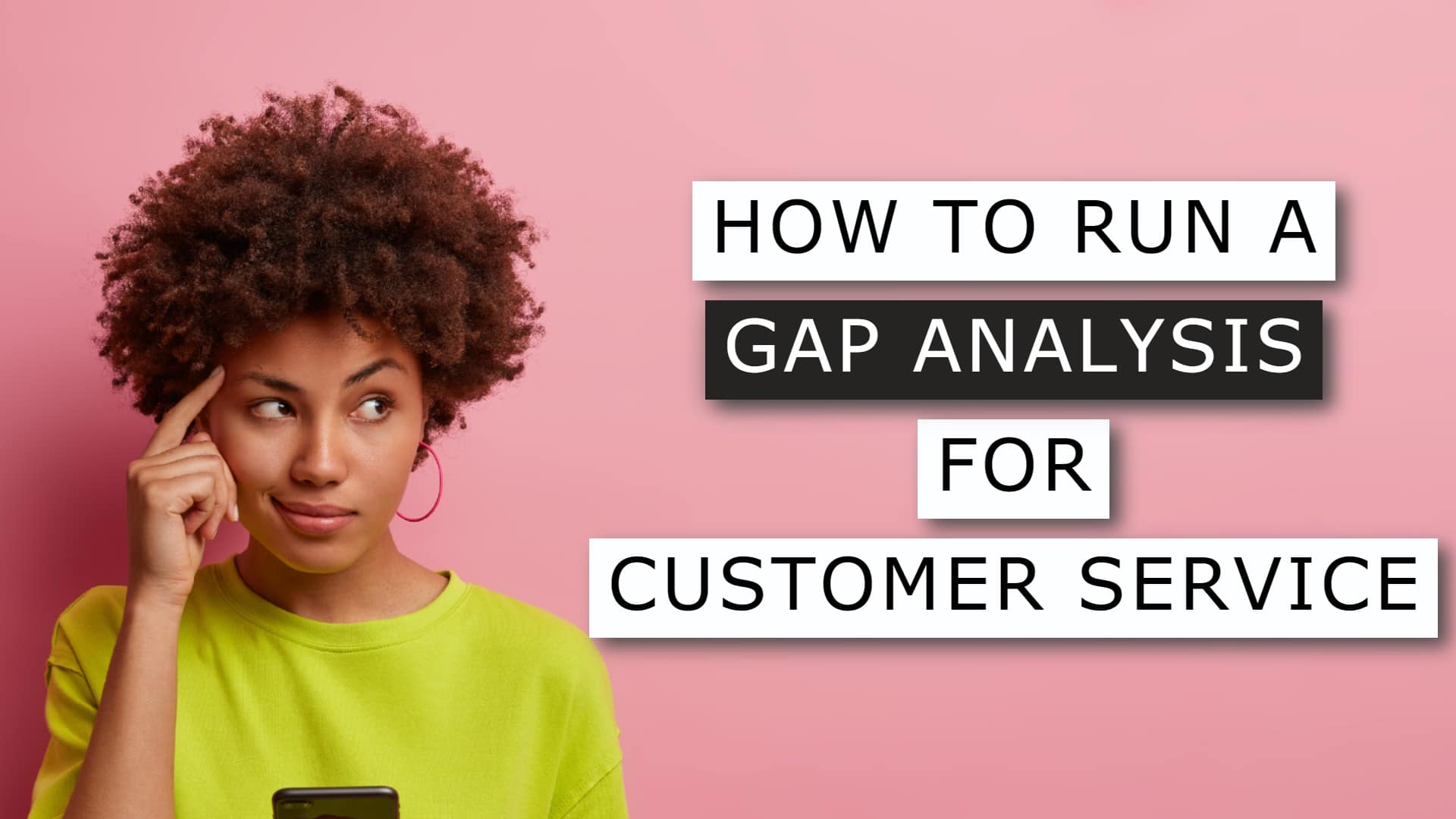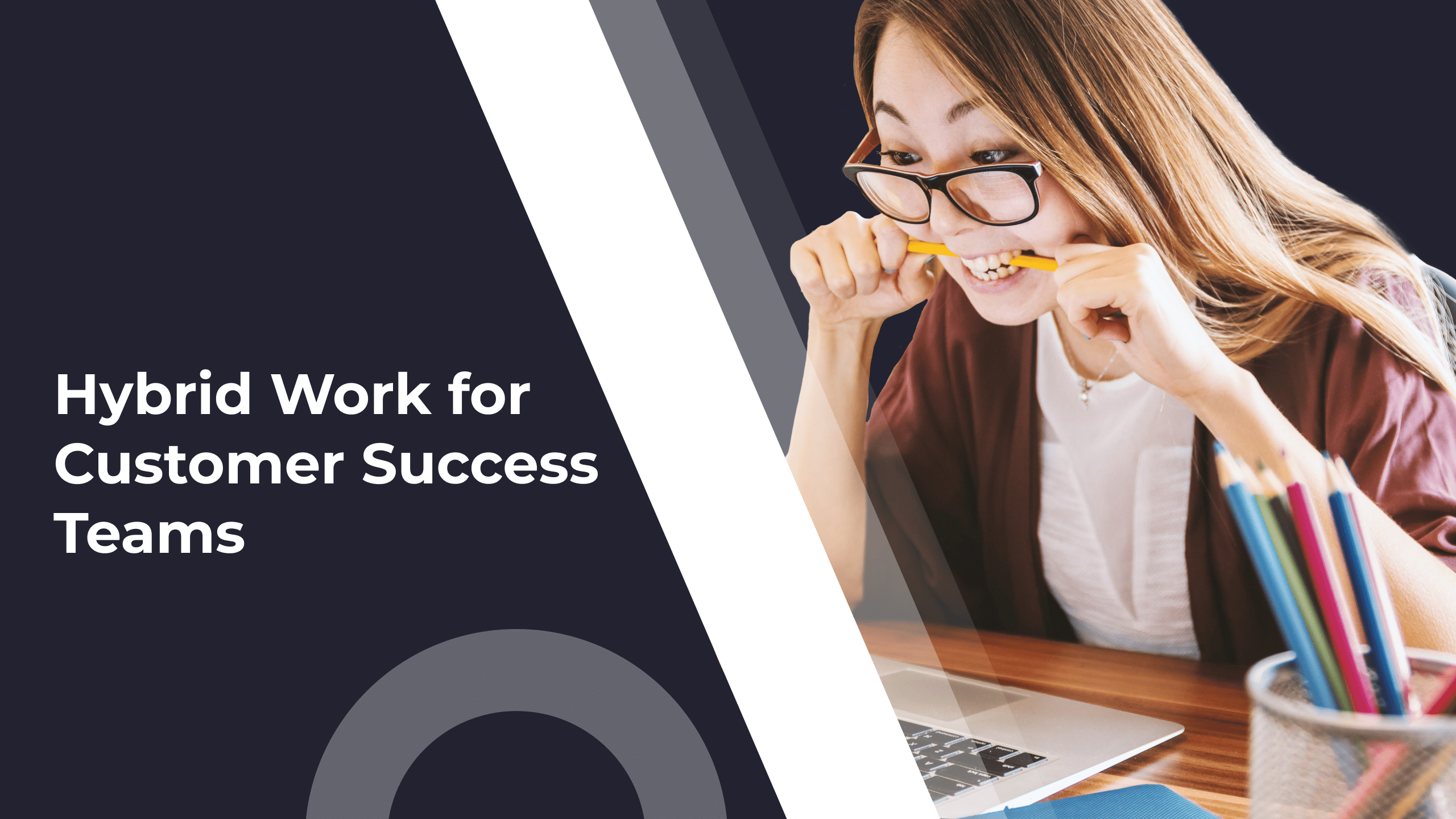SaaS companies are facing a unique challenge regarding growth. Rising customer acquisition costs and intense competition demand a fresh approach. This is especially true for startups, who often have limited resources for growth.
To overcome these challenges, SaaS marketers are turning to community-led growth. Companies with dedicated community teams have seen a 22% increase in growth since 2020. Building a thriving community of users is essential for reducing costs and increasing customer retention. However, creating a thriving community requires significant resources and expertise.
In this blog, we’ll explore how you can create a community that supports your SaaS growth.
7 Steps To Building A Supportive SaaS Community
Branded online communities humanize your SaaS brand. For that, you must detail every crucial component of the process.
Here are 7 steps you should follow to create, promote, and bring traction to your community-led network:
1. Define community goals
Defining clear and measurable community goals is a crucial first step in building a successful community strategy. Without a specific goal in mind, your efforts may lack direction and fail to produce meaningful results.
A community is all about synergy and a unified motto. So, before you build a SaaS community, ensure you lay down some common goals. It will help everyone on the team maintain a consistent tone in the community. They will know exactly what to do and how to do it, keeping the process growth-focused and on-brand.
Defining community goals is essential because it explains the following points to your team:
- Type of people suitable to become members of your community
- Type of content your team needs to share in the community
- The range of functionality you need to create to run it properly.
This can be done during a goal-setting meeting. Understanding your community goals also helps you comprehend the number of investments and resources you will need to deploy. You can analyze the business benefits of the community and plan out a fitting budget. Specifying the membership perks also becomes easier.
Here are some general community goals you can take inspiration from:
- Boosting brand awareness
- Enabling your users to network with like-minded professionals
- Sharing industry knowledge to help customers make informed decisions
- Enhancing customer loyalty
You can create dedicated groups for different niches and topics in the SaaS industry. This will help you segment your audience better and work toward detailed goals.
For example, HubSpot’s community page greets users with “connect with peers, maximize your HubSpot knowledge, and learn how to grow better with HubSpot.” This defines the page’s purpose and what you can expect.
True to its goals, the page runs different discussions under different silos.

The SaaS brand also lets users explore different forums, blogs, and groups in their community. This helps HubSpot share relevant content more effectively, drive better awareness around its services, and encourage users to network with peers.
2. Pick a platform
There is no lack of effective platforms to create your community. But you don’t want to choose the wrong one, as it can limit your engagement.
You need a platform that aligns with your goals, is easily accessible to your team, and can reach your target market. The ideal community platform depends on your company’s communication tools and the desired conversation style.
Here are some common platforms SaaS companies choose to build their communities:
- Social media platforms like Facebook (2.9 billion Monthly Active Users (MAU)), LinkedIn (424 million MAU), and Reddit (430 million MAU)
- Dedicated community platforms Tribe and Mighty Networks
- Merchant communities like Shopify and WooCommerce
- Messaging platforms like Discord and Slack.
To reap the benefits, you need a constant increase in members. For that, you need to make your community as accessible as possible for your users. Choose a platform where most of your customers are active.

For example, Notion runs communities on platforms like Facebook, LinkedIn, Reddit, Discord, etc. They’ve seen growth in compounding numbers as a result.

Notion created a dedicated subreddit where users can connect with their peers, share setups and templates, and learn from others. Such flexibility helps them target a wide range of users active on these channels, giving an advantage to Notion compared to its competitors.
3. Start by inviting early adopters
Your SaaS brand’s best advocates are the ones who trusted your services at the beginning of your journey. They are more likely to be the most vocal supporter of your products. These are the people you want to invite first to your community.
Running an online community for your brand and hosting a party are alike. No one wants to show up at a party full of strangers.
So, ensure you invite people with a good network and expertise in the SaaS space. Their participation will add value to your group and encourage more people to join.
Invite people who:
- Are regular users of your product and services
- Advocates for your products on social media or review sites
- Provide suggestions or feedback on your product
- Engage with your content regularly
- Have a dedicated and significant following on social media
A well-known figure in your industry joining your community and praising your services will bring strong traction. You will gain more members quicker and build a well-networked community.
4. Host webinars for members only
Opting for a new SaaS tool often involves the user getting comfortable with its features. To use a tool’s full potential, your customers need constant learning.
As the service provider, you can increase brand loyalty by helping them reach milestones and adopt your product faster.
However, this can also be an opportunity to grow your community by hosting exclusive webinars for its members. People want things more when they can’t have them right away. Members-only webinars will fuel that curiosity, bringing you more people asking to join your community.
For example, Clearscope drives exclusivity by hosting webinars and allowing users to register.
5. Create a dedicated landing page
We have already discussed the importance of making your community exclusive. In an invite-only community, users apply to be included in the group. Creating a separate landing page for this purpose will elevate the process.
Include a dedicated landing page where interested users can apply to join. This will help you streamline invites and be in control of the functions in your community.
A separate landing page will also make your community-building initiatives more discoverable online. People can find your landing page among the search engine results when they search for groups to join in your niche.
However, social proof is important for encouraging users to apply on the landing page. This will show the potential members the value of joining your SaaS community.
For example, Product School has a dedicated landing page for users to apply and join its Slack community. Here, the page cleverly showcases the number of private members in the community.

It also shows tangible data as social proof to elevate the user’s interest.
6. Keep the conversation going
Increasing the member list in your community is not enough. You need to keep them engaged, which will encourage them to check in regularly.
Ask members for feedback and opinions. Keep multiple channels open for queries, requests, ideas, and discussions. Make sure you reply to comments and answer the queries without delay.
Host AMA sessions at regular intervals. Have your internal team post brand content consistently. However, make sure the frequency is optimum, not maximum.
You can also use creative ways to incentivize memberships in your community. Consider creating profile badges for regular posters. You can also host giveaways and reward the most active members of your community with company swag. To encourage questions and progress updates from community members, SaaS brands can also offer product certifications.
Such seemingly small gestures have the potential to bring meaningful engagement. Regular content will add value and address the pain points, while rewards and AMAs will keep them interested in your community.
Positive engagement will give the members a reason to remember your community and keep returning. Your aim here is to create a welcoming space for your members.
For example, Zapier keeps its community interested by awarding badges whenever a community member hits a milestone. The community also gives badges for the best answers.
7. Create a newsletter
If done right, cold outreach initiatives through newsletters can bring your community some valuable members. A newsletter is a subtle pitch without pushing any salesy agenda on your contact. Hence, these are effective in pursuing high-value contacts.
Before launching your community, you can use newsletters to send an announcement to specific lead segments on your list. It can also help promote upcoming webinars or virtual events in your community.
Ensure you send the newsletter with a catchy and personalized subject line. It should contain all the basic details and perks of joining your community.
Make it seem exclusive by emphasizing how you invite only a small group. To make them feel valuable, detail the reason for including them.

Source: Semrush Newsletter
Keep the copy crisp, informative, and entertaining like Semrush does. Make sure it’s detail-oriented and maintains a uniform style. You can automate instead of opting for a manual process. This way, your newsletters will reach the contacts at the best time to have maximum visibility and the highest engagement.
To make your brand’s newsletter successful (just like Semrush), try to do this:
- Provide value: Semrush shares strategies for improving SEO and marketing campaigns. Sharing valuable content that applies to your audience can lay the foundation.
- Encourage engagement: Semrush encourages engagement by including links to webinars and events in their newsletters. They even ask for feedback from their subscribers. This contributes to higher trust and loyalty in their community. Try mimicking this in your email strategy.
- Personalize it: They personalize their newsletters by segmenting their audience and sending targeted content based on their interests. Try this advanced personalization to boost your open and conversion rates. This will help you find the best people for your community building.
- Maintain consistency: Semrush is consistent with its newsletter. This sets clear expectations and maintains audience engagement. You can do the same to grow your community.
- Share exclusive content: Semrush offers exclusive content to their newsletter subscribers, including early access and discounts. The exclusive content in their newsletters helps increase the perceived value of being part of their community amongst their subscribers.
Conclusion
A loyal user base is a primary ingredient for any SaaS company to outperform increasing competition and turn itself into a valuable brand. There are unique tactics in SaaS marketing (compared to other industries) that you can use to grow your business.
With a powerful community, you encourage discussion around your industry and products and enhance your business’s visibility. But community building needs discipline.
Define targets early on and keep them realistic. Pick a platform that suits your user base and try to onboard influential people first. Invest in designing an appealing landing page with social proofs and promote your community on various channels.
Lastly, keep the members engaged by creating valuable content, hosting webinars, and honoring their feedback. That’s how you can create a community that drives your SaaS growth. You only need the right strategy, a creative team, and a customer-centric and growth mindset.
